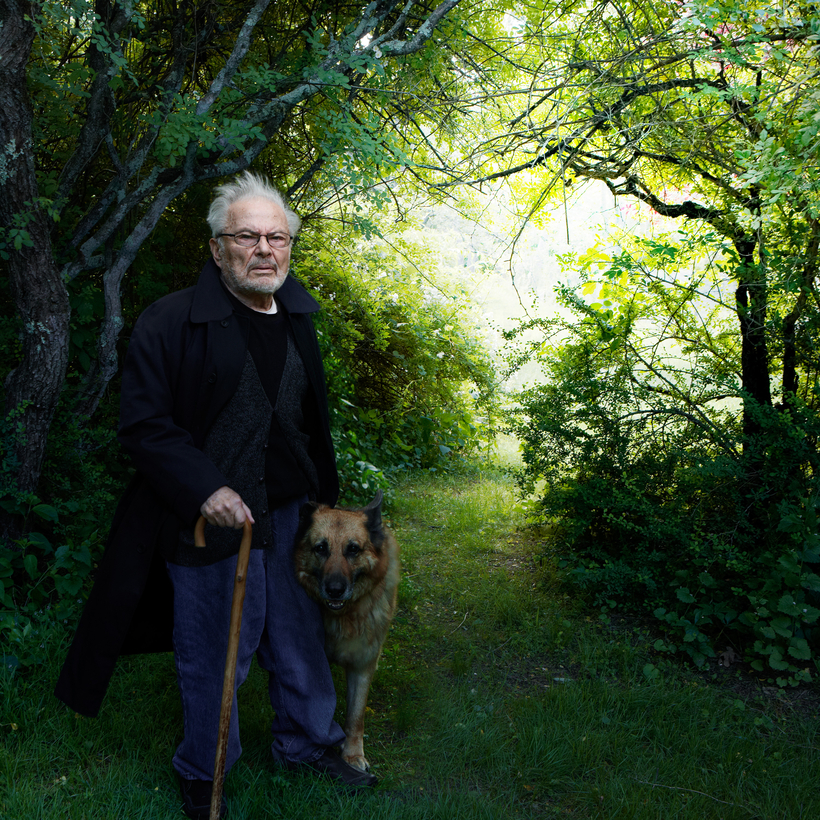With Where the Wild Things Are and In the Night Kitchen behind him, Maurice Sendak had nothing left to prove as a writer or illustrator. Then, around 1980, more or less simultaneously, he received invitations to create sets and costumes for two operas: Where the Wild Things Are, adapted from the book, and Mozart’s Masonic fairy tale, The Magic Flute. As to the first, who else in the world could have done it? As to the second, who could have done it better? True, countless masters before and since have tried their hand at The Magic Flute, grabbing many a brass ring. So, too, did Sendak, sublime in his saturnine whimsy and flair for the grotesque. His phenomenal second career, in the theater, had begun.

In its recent exhibition “Drawing the Curtain: Maurice Sendak’s Designs for Opera and Ballet,” the Morgan Library memorialized this largely forgotten chapter. The sketches and storyboards—not only for Where the Wild Things Are and The Magic Flute but for productions of Prokofiev, Janáček, and Tchaikovsky—are marvels in their own right. Yet for those who recall, such treasures from the archives cannot eclipse memories of live performance, with players of flesh and blood tumbling through the pages of pop-up books scaled for a stage.
Where are the shows of yesteryear? In storage mostly, if not destroyed. Yet once in a blue moon, a lost jewel turns up again. On November 2, Sendak’s The Magic Flute is back on the boards at the Washington National Opera. Now it’s up to the lucky cast to revive the magic. —Matthew Gurewitsch

